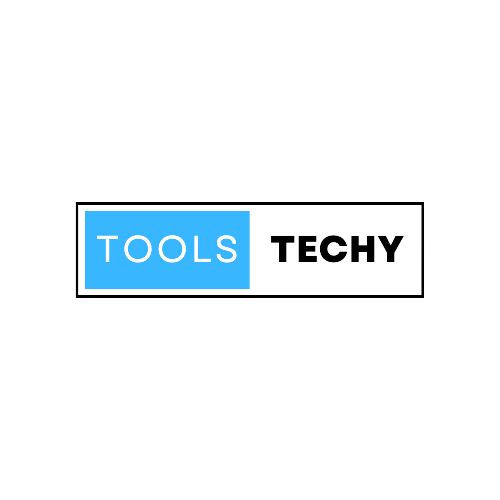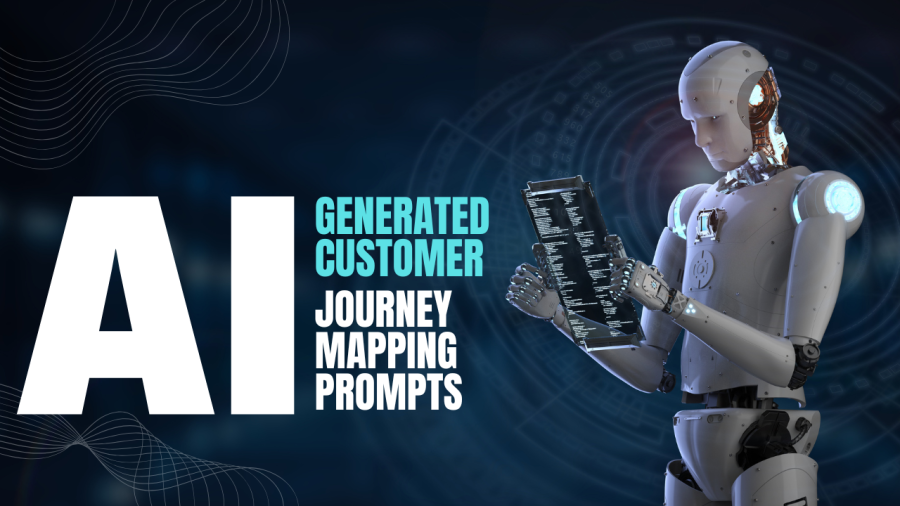Unveiling the Boundless Potential of Home Automation Technology
Home automation refers to controlling and automating home appliances and systems through a centralized home controller, app, or software system. It allows homeowners to maintain critical functions of their home, like lighting, security, entertainment systems, climate control, etc., using a single interface.
Scope of home automation
Lighting Control
One of the significant home scope automation is controlling home lighting using smart switches, bulbs, and controllers. Homeowners can automate lighting schedules and manage individual or group lights from a central control panel or app. This includes turning lights on/off, adjusting brightness, and setting scenes and schedules.
Bright lights and switches make it easier to control lights from anywhere using a smartphone. Features like temporary access control, timers, and geo-fencing allow more customized lighting control. Advanced systems integrate with other devices for automated lighting based on presence, time of day, or linked actions.
Security and Access Control
Intelligent security systems are a vital part of home automation scopes. Features like automated locks, security cameras, video doorbells, motion sensors, etc., integrate with the central controller for enhanced monitoring and control. Homeowners can monitor live video feeds, receive alerts, and arm/disarm areas remotely using smartphones.
Access control features like geo-fencing facial recognition unlock doors automatically based on recognized users. Integrations with smart home devices like lights and thermostats trigger automated scenes on detecting intruders for added security when away. Professional monitoring services are also available for round-the-clock protection.
Climate Control
Thermostats, innovative HVAC systems, humidifiers, dehumidifiers, and air purifiers come under the climate control scope of home automation. Homeowners can remotely adjust room temperatures, humidity levels, fan speeds, filter status, and more from a single app interface.
Features like geofencing schedules optimize energy usage by conditioning homes only when needed. Integration with other devices triggers automated temperature adjustments based on usage patterns. For example, lowering temperatures before arrival or when the security system is armed. Advanced techniques provide remote diagnostics maintenance alerts from HVAC technicians.
Entertainment Control
Multi-room audio, smart TVs, media players, and streaming devices come under the entertainment control scope. Integrated systems allow controlling all entertainment devices like switching inputs, playing/pausing content, and adjusting volume from a single controller or voice commands.
Features like scenes and zones enable multi-room audio syncing content in different parts of homes. Voice assistants provide hands-free controls through voice commands. Advanced integrations enable customized workflows - like triggering audio throughout the house on security alerts.
Appliance Control
Smart home automation also covers controlling small appliances remotely. This includes features like preset or custom schedules for automatic control of coffee makers, washing machines, dishwashers, and other small appliances based on occupancy.
Geo-fencing automation triggers starting coffee before waking up. Controls enable pausing/resuming loads when electricity rates are high. Remote access features allow checking on loads in progress when away from home. Advanced systems also integrate with smart meters to automate loads based on meter consumption.
Home Automation Hub/Controller
All the above systems integrate with a central home automation hub or controller for unified monitoring and control. The hub aggregates data from various devices and provides a single dashboard interface. It allows scheduling/programming complex automation routines or grouping multiple actions through IFTTT-style conditional settings.
Key hubs include smart home panels, touchscreen controllers, and mobile apps on smartphones/tablets. Voice assistants like Amazon Alexa and Google Home also function as controllers through voice commands. Professional-grade controllers provide additional commercial-grade features like remote access and third-party integrations for advanced home/business automation needs.
Conclusion
In summary, home automation provides unparalleled convenience, security, and energy savings potential by integrating automated control over core home functions from a centralized system. Starting from essential bright lighting and climate control, the scope now covers every aspect of modern living, including entertainment, small appliances, access control, and beyond.
The market continues to evolve with new product innovations focused on enhanced functionality, interoperability, customization, and remote access. As technologies mature, we expect home automation to become more affordable, seamless, and accessible to mainstream homeowners. This will blur the lines between smart and conventional homes for a more connected living experience.
FAQs
Q1. Are home automation systems expensive to set up?
Initial setup costs can vary significantly depending on the scope and type of system. Basic starter kits start under $100, but comprehensive whole home systems easily range from $1000 to $ 5,000. However, incremental additions become more affordable over time. DIY installation also reduces costs compared to professional setups.
Q2. How easy is it to use home automation systems?
Ease of use depends on the individual system. Many popular options include intuitive mobile apps and voice control through intelligent assistants like Alexa. Basic tasks are self-explanatory, but setting up complex automation requires some technical know-how. Professional grade panels have learning curves. Overall, usability is continuously improving across all systems.
Q3. Are homes fully automated yet?
No, complete hands-off automated homes are still a future possibility rather than a reality today. Current systems offer convenience through remote control but still require some manual overrides based on conditions. Technologies are advancing rapidly, but full autonomy will take further innovations, standardization, and mass adoption. Hybrid systems combining manual and automated aspects are more common now.
Q4. What are some key advantages of home automation?
The advantages include enhanced convenience, security, energy savings, and home value appreciation. Remote access allows monitoring and controlling appliances/systems from anywhere. Automation saves on repetitive tasks and optimizes operations. Integrations add synergies between different functions. Real-time alerts notify about issues promptly. Over time, these benefits outweigh initial installation costs.
Q5. How much can home automation improve security?
Home automation can significantly enhance protection when fully integrated with an intelligent security system. Features like live video/audio monitoring, automated lights/sounds on detection, and instant alerts keep close tabs on the property even when away. Advanced automation triggers additional deterrents like simulated presence. Remote arming/disarming provides peace of mind. Professional monitoring takes it a step further. A bright, automated home is usually far more secure than conventional alternatives.






Comments (0)